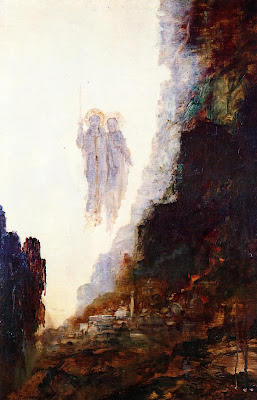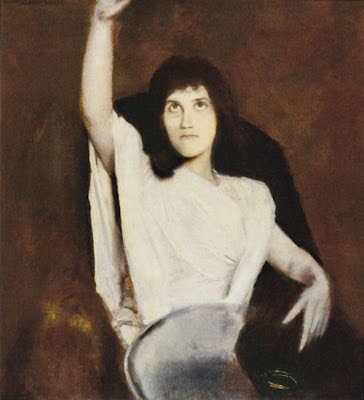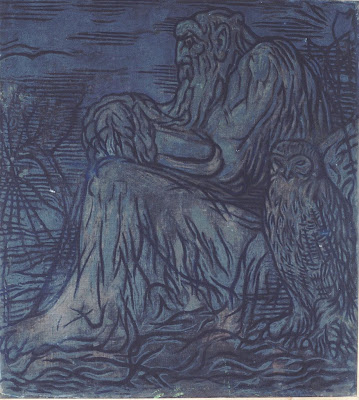Communication, Communication, Communication - Broken or what?
This program is given solely to discussion of a report titled “Capital Football Stakeholder Engagement and Communications Report“ , undertaken by consultants (The Shannon Group), and commissioned by the President and Board of Capital Football.
Criticism of CF finally reached a crescendo in late 2011 and the CF Board simply could not ignore it any longer. So here we are, a consultants report that has captured the feelings and experiences of a substantial sample of our football constituency. And its not good news for the CEO and staff of Capital Football.
This is serious stuff for any organisation. Have a read, ask yourself, would you like to receive this report about your organisation. I think not!
You can find a copy of the report on the CF website. All clubs should get this report up on their websites.
Communication, between CF and various elements of the ACT football constituency, in its widest and most meaningful sense is broken and needs to be fixed. There are many reasons for this unsatisfactory situation, but one thing seems certain, it cannot continue in this way. Things must change!
For myself, the numerous unsatisfactory outcomes around the ACT U13 Girls team at the recent FFA Nationals, were a real low point in CF operations. Disgraceful really. As the President CF observed, "so much went wrong". Sure did! And we do this work every year. Sad, because we have enjoyed so many productive outcomes in this age group in recent years. The meeting between parents of players and the CF Board did little to reassure these parents that this would not happen again. Hope they are wrong. But???? And there are some pretty smart people among those parents and a few who are quite football savvy. Something, some of the CF staff, seldom seem to fail to factor into their business practices. Pity.
The Shannon Group report is a hard hitting report. The report absolutely skewers the CF organisation.
There is no missing the fact that this report, in substantial part, points the finger directly at the CEO and Staff of Capital Football, the organisational culture and business practices.
The buck has to stop somewhere. Make no mistake, there is a lot of work to be done to regain the trust of some important parts of the football community and enable collaborative processes to ensure positive progress with all of the football community going forward. But the CF organisation has been found to be seriously deficient in these matters - in its present form.
How will this re-education / re-orientation and organisational change be done and who will be given the task of doing it? We do not cover this matter in this interview and in fairness it's probably a bit early for the President to have a firm view on that important matter. I would imagine that this calamity would see the Board stepping forward with great caution, but at speed. And step forward they must! Unless they do and do so decisively, it will hang around their collective necks (and ours) like a dead albatross!
I would hope that a small sub committee of the Board is given over site of this change process and monitors and regularly reports on measures undertaken to make sure the changes necessary happen, that they are sustained and communicated in quick time to all of our football community. This is surely past the stage where the entire matter is handed over to the CEO and staff to fix. As one wag remarked to me yesterday -"given this report it would be like leaving the rabbits in charge of the lettuce".
I would imagine that the CEO and CF staff are feeling a bit uncomfortable with this report, and some probably in denial. If so, get over it quickly. Listen to the President of CF, clearly there is little sympathy for not accepting responsibility for this parlous state of affairs. Its always worth reminding ourselves that it is the ACT Football constituency which underwrites CF and whom the CF organisation serves. Who pays the piper, calls the tune! It is no one's personal fiefdom, nor does all football knowledge reside within the walls of Football House.
The role and importance of our Clubs comes through in this report and in this interview.
This report appears to draws a line in the sand - a clear line between Board and the CF operating organisation.
The President and Board have published the report in full. There are no hidden corners, there it is, warts and all. And for that we can only applaud the CF Board and in particular, the President of the CF Board, Rachel Harrigan, who was quick to respond to the NPL’s call to discuss the report.
The message is clear - we are now going to do business very differently to that which has been done in the past and in so doing, a big shift in organisational culture. It will take time. It is vital.
So, anyone not clear on what is now required going forward?
Please read the report, its on the CF website, and listen to the Rachel Harrigan, Pres of CF Board, as she responds to some rather difficult questions. Good leadership.
Go to Podcast Part One
Got to Podcast Part Two














































